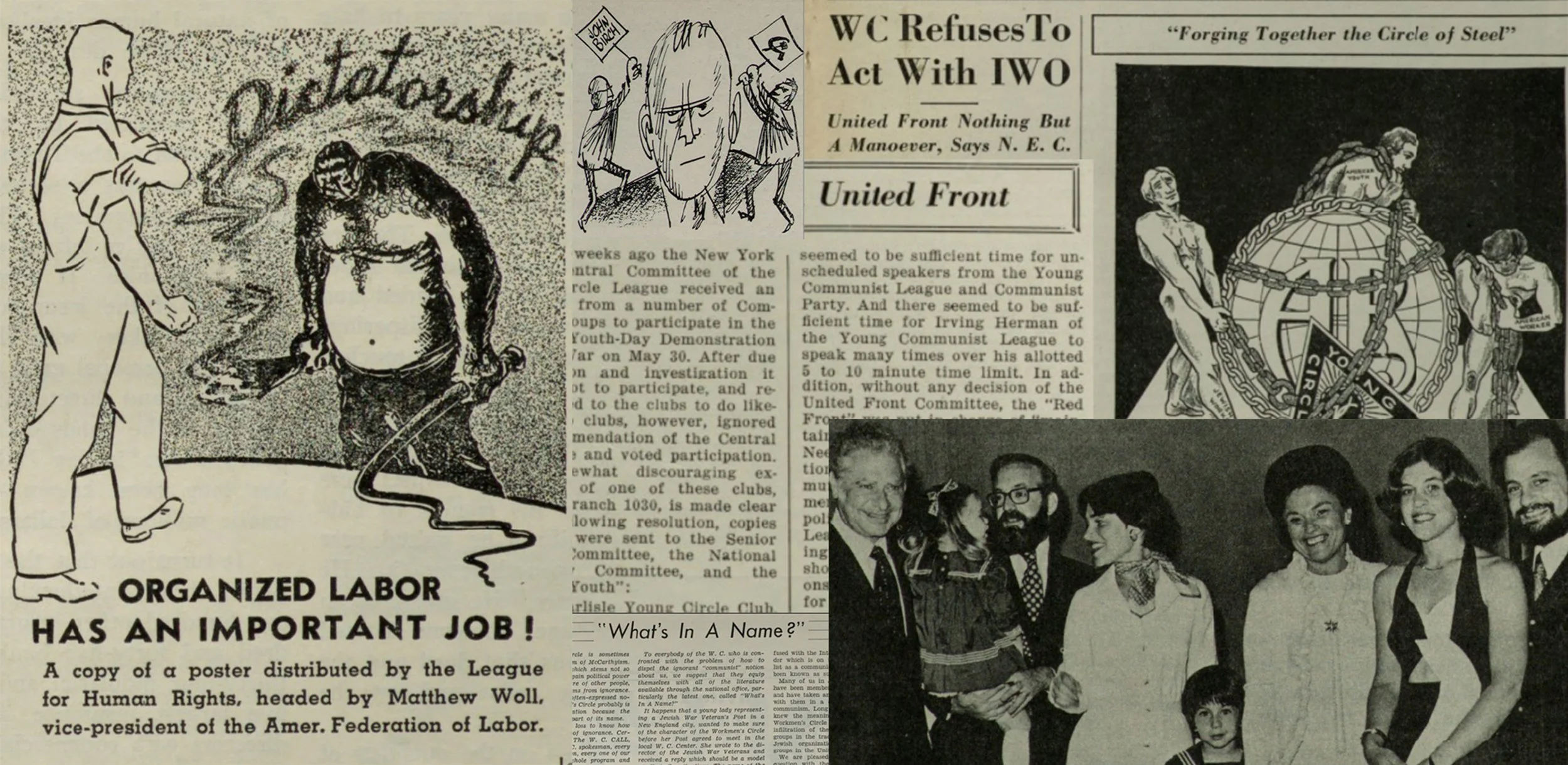
Clash of Ideologies
The twentieth century was marked by ideological struggle: democracy, fascism, capitalism, communism, authoritarianism, and a whole host of other “-isms.” Amidst this multi-layered conflict, the Workmen’s Circle did not shirk from the discourse, and, through the Call’s pages, weighed in on these competing doctrines.
Socialism vs. Communism
Following the October Revolution and the Bolsheviks’ rise to power in Russia, the American Left was rocked by internal turmoil. The Workmen’s Circle, composed largely of democratic socialists and former Bundists, was no exception. In 1925, the organization’s Communist faction split and reorganized as the International Workers Order, while the Workmen’s Circle hewed closer to the Socialist Party of America. During the 1950s, at the height of McCarthyism, the Workmen’s Circle was committed to hardline anti-communism.
Highlights from the archive
Responses to Nazism and Fascism
As fascism rose to power in Europe, the Workmen’s Circle and other leftist and Jewish organizations issued forceful responses. This included a variety of tactics, from raising funds for the Spanish Loyalists through the Young Circle League to the Workmen’s Circle's critical role in the formation and coordination of the Jewish Labor Commitee, which led anti-Nazi boycotts and assisted refugees during and after the war. Throughout, the Workmen’s Circle called out and opposed antisemitism domestically and internationally.
Highlights from the archive
Secularism and the Fight Against Assimilation
While the most well-known ideological struggles of the twentieth century played out on a global scale, the Workers Circle also spent its first hundred years advancing its particular expression of Jewish secularism. The Call’s pages feature seminal discussions around the role of Jewish ritual, history, and culture in the lives of its largely secular and socialist members.
Highlights from the archive













